-
抗体試薬
- フローサイトメトリー用試薬
-
ウェスタンブロッティング抗体試薬
- イムノアッセイ試薬
-
シングルセル試薬
- BD® AbSeq Assay
- BD Rhapsody™ Accessory Kits
- BD® OMICS-One Immune Profiler Protein Panel
- BD® Single-Cell Multiplexing Kit
- BD Rhapsody™ TCR/BCR Next Multiomic Assays
- BD Rhapsody™ Targeted mRNA Kits
- BD Rhapsody™ Whole Transcriptome Analysis (WTA) Amplification Kit
- BD® OMICS-Guard Sample Preservation Buffer
- BD Rhapsody™ ATAC-Seq Assays
- BD® OMICS-One Protein Panels
-
細胞機能評価のための試薬
-
顕微鏡・イメージング用試薬
-
細胞調製・分離試薬
-
- BD® AbSeq Assay
- BD Rhapsody™ Accessory Kits
- BD® OMICS-One Immune Profiler Protein Panel
- BD® Single-Cell Multiplexing Kit
- BD Rhapsody™ TCR/BCR Next Multiomic Assays
- BD Rhapsody™ Targeted mRNA Kits
- BD Rhapsody™ Whole Transcriptome Analysis (WTA) Amplification Kit
- BD® OMICS-Guard Sample Preservation Buffer
- BD Rhapsody™ ATAC-Seq Assays
- BD® OMICS-One Protein Panels
- Japan (Japanese)
-
Change country/language
Old Browser
Looks like you're visiting us from United States.
Would you like to stay on the current country site or be switched to your country?
BD Pharmingen™ Purified Mouse Anti-Human TIGIT
クローン TgMab-2 (RUO)

Multiparameter flow cytometric analysis of TIGIT expression on Human peripheral blood leucocyte populations. Human whole blood was stained with either Purified Mouse IgG1, κ Isotype Control (Cat. No. 556648; Left Plot) or Purified Mouse Anti-Human TIGIT antibody (Cat. No. 568946; Right Plot) at 0.5 µg/test. The cells were then secondarily stained with PE Goat Anti-Mouse Ig (Multiple Adsorption) antibody (Cat No. 550589). Erythrocytes were lysed with BD Pharm Lyse™ Lysing Buffer (Cat. No. 555899). The bivariate pseudocolor density plot showing the correlated expression of TIGIT (or Ig Isotype control staining) versus side-light scatter (SSC-A) signals was derived from gated events with the forward and side-light scatter characteristics of viable leucocyte populations. Flow cytometry and data analysis were performed using a BD LSRFortessa™ Cell Analyzer System and FlowJo™ software. Data shown on this Technical Data Sheet are not lot specific.

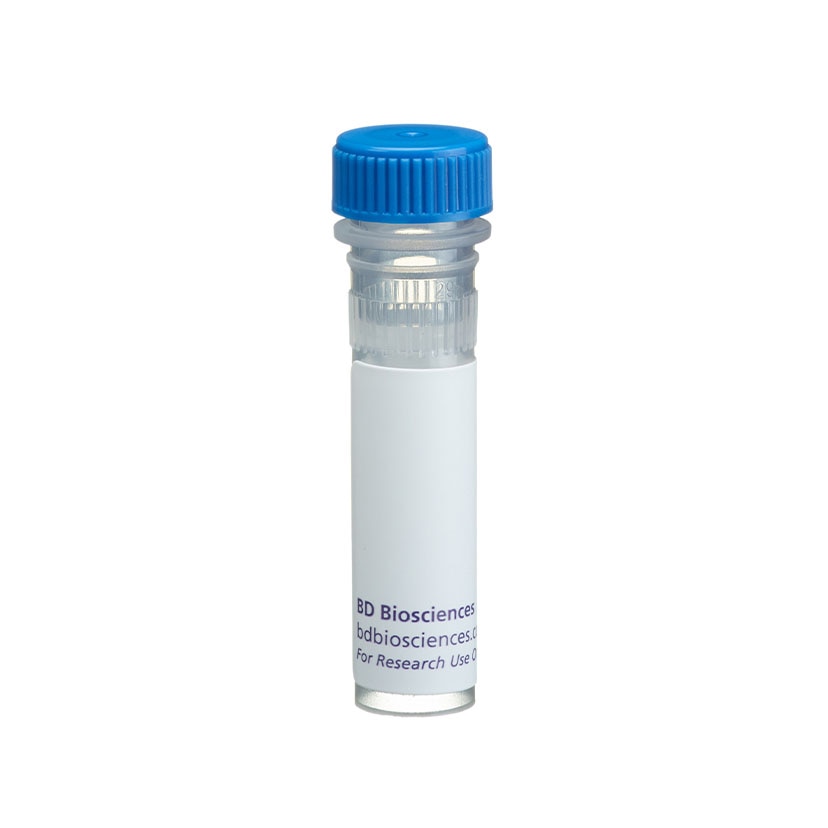
Multiparameter flow cytometric analysis of TIGIT expression on Human peripheral blood leucocyte populations. Human whole blood was stained with either Purified Mouse IgG1, κ Isotype Control (Cat. No. 556648; Left Plot) or Purified Mouse Anti-Human TIGIT antibody (Cat. No. 568946; Right Plot) at 0.5 µg/test. The cells were then secondarily stained with PE Goat Anti-Mouse Ig (Multiple Adsorption) antibody (Cat No. 550589). Erythrocytes were lysed with BD Pharm Lyse™ Lysing Buffer (Cat. No. 555899). The bivariate pseudocolor density plot showing the correlated expression of TIGIT (or Ig Isotype control staining) versus side-light scatter (SSC-A) signals was derived from gated events with the forward and side-light scatter characteristics of viable leucocyte populations. Flow cytometry and data analysis were performed using a BD LSRFortessa™ Cell Analyzer System and FlowJo™ software. Data shown on this Technical Data Sheet are not lot specific.

Multiparameter flow cytometric analysis of TIGIT expression on Human peripheral blood leucocyte populations. Human whole blood was stained with either Purified Mouse IgG1, κ Isotype Control (Cat. No. 556648; Left Plot) or Purified Mouse Anti-Human TIGIT antibody (Cat. No. 568946; Right Plot) at 0.5 µg/test. The cells were then secondarily stained with PE Goat Anti-Mouse Ig (Multiple Adsorption) antibody (Cat No. 550589). Erythrocytes were lysed with BD Pharm Lyse™ Lysing Buffer (Cat. No. 555899). The bivariate pseudocolor density plot showing the correlated expression of TIGIT (or Ig Isotype control staining) versus side-light scatter (SSC-A) signals was derived from gated events with the forward and side-light scatter characteristics of viable leucocyte populations. Flow cytometry and data analysis were performed using a BD LSRFortessa™ Cell Analyzer System and FlowJo™ software. Data shown on this Technical Data Sheet are not lot specific.


BD Pharmingen™ Purified Mouse Anti-Human TIGIT

Regulatory Statusの凡例
Any use of products other than the permitted use without the express written authorization of Becton, Dickinson and Company is strictly prohibited.
Preparation and Storage
Product Notices
- Please refer to www.bdbiosciences.com/us/s/resources for technical protocols.
- Since applications vary, each investigator should titrate the reagent to obtain optimal results.
- An isotype control should be used at the same concentration as the antibody of interest.
- Caution: Sodium azide yields highly toxic hydrazoic acid under acidic conditions. Dilute azide compounds in running water before discarding to avoid accumulation of potentially explosive deposits in plumbing.
- Sodium azide is a reversible inhibitor of oxidative metabolism; therefore, antibody preparations containing this preservative agent must not be used in cell cultures nor injected into animals. Sodium azide may be removed by washing stained cells or plate-bound antibody or dialyzing soluble antibody in sodium azide-free buffer. Since endotoxin may also affect the results of functional studies, we recommend the NA/LE (No Azide/Low Endotoxin) antibody format, if available, for in vitro and in vivo use.
- Please refer to http://regdocs.bd.com to access safety data sheets (SDS).
関連製品
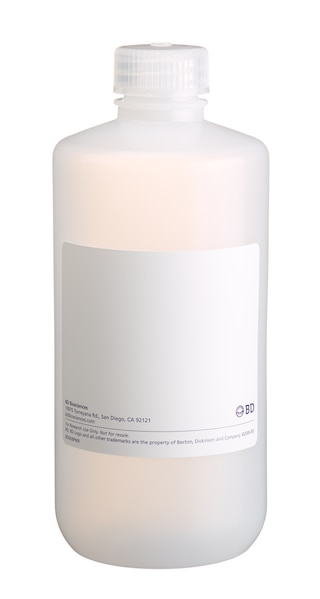
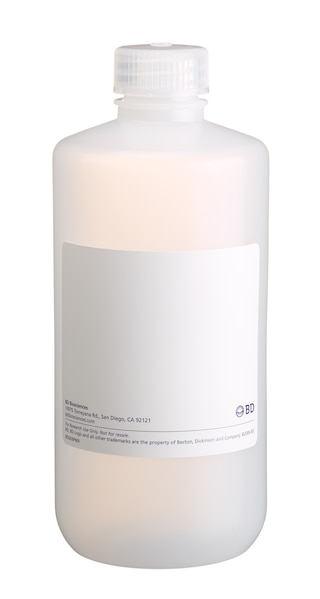
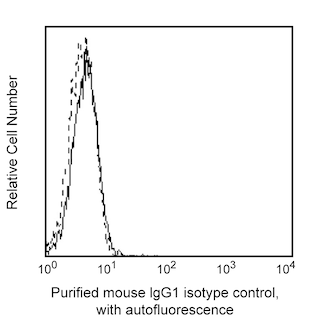
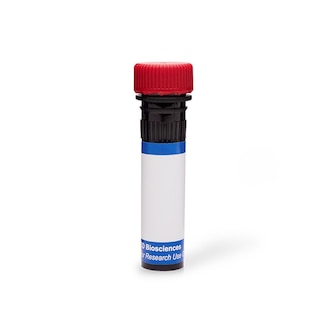
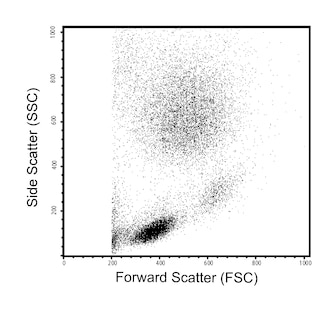
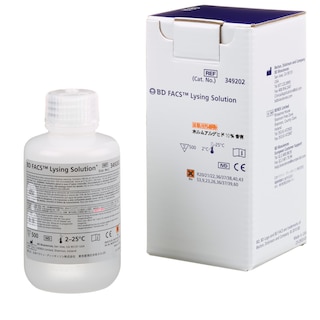
The TgMab-2 monoclonal antibody specifically recognizes TIGIT (T cell Immunoreceptor with Ig and ITIM domains) which is also known as Vstm3 (V-set and transmembrane domain-containing 3), Vsig9 (V-set and Ig domain-containing 9) and WUCAM (Washington University Cell Adhesion Molecule). TIGIT is a 30-34 kDa single pass type I transmembrane glycoprotein that belongs to the CD28 family within the Ig superfamily. TIGIT has an extracellular region with a V-type Ig-like domain, transmembrane sequence, and a cytoplasmic domain with an immunoreceptor tyrosine-based inhibitory motif (ITIM). TIGIT is expressed on NK cells and subsets of activated and memory T cells, regulatory T cells (Treg), and T follicular helper (Tfh) cells. TIGIT binds to CD112 (PVRL2/Nectin-2) and CD155 (PVR/Necl-5) that are expressed on dendritic cells (DC), endothelial cells, fibroblasts, and some tumor cells and can induce IL-10 release and inhibition of IL-12 production. Ligand-bound TIGIT downregulates TCR-mediated T cell activation and proliferation and can block NK cell-mediated cytotoxicity.
Development References (3)
-
Downs-Canner S, Berkey S, Delgoffe GM, et al. Suppressive IL-17A(+)Foxp3(+) and ex-Th17 IL-17A(neg)Foxp3(+) Treg cells are a source of tumour-associated Treg cells.. Nat Commun. 2017; 8:14649. (Biology). View Reference
-
Yasuma K, Yasunaga J, Takemoto K, et al. HTLV-1 bZIP Factor Impairs Anti-viral Immunity by Inducing Co-inhibitory Molecule, T Cell Immunoglobulin and ITIM Domain (TIGIT).. PLoS Pathog. 2016; 12(1):e1005372. (Biology). View Reference
-
Yu X, Harden K, Gonzalez LC, Francesco M, et al. The surface protein TIGIT suppresses T cell activation by promoting the generation of mature immunoregulatory dendritic cells. Nat Immunol. 2009; 10(1):48-57. (Biology). View Reference
Please refer to Support Documents for Quality Certificates
Global - Refer to manufacturer's instructions for use and related User Manuals and Technical data sheets before using this products as described
Comparisons, where applicable, are made against older BD Technology, manual methods or are general performance claims. Comparisons are not made against non-BD technologies, unless otherwise noted.
For Research Use Only. Not for use in diagnostic or therapeutic procedures.